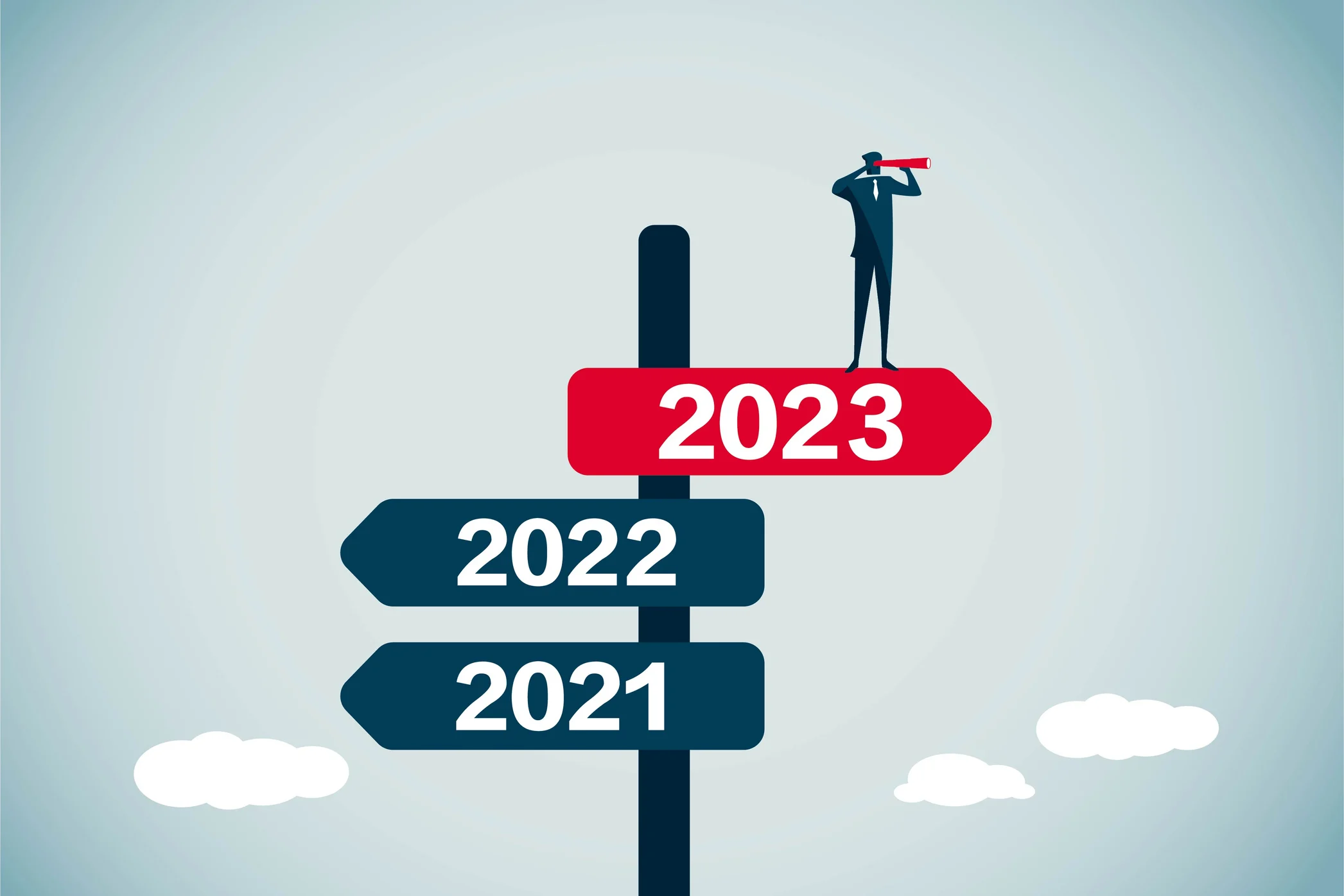A Guide on How to Tell a Compelling Brand Story
Every successful brand has a story. Nike started with a handshake and a $500 loan. Ben & Jerry’s began with two friends taking a $5 correspondence course. These business’s stories stick with us because they’re real, relatable, and they show us the human side of these massive companies. While these are firstly origin stories, they’re also the seeds of the brand’s narrative. They are the foundation upon which their connection with customers is built.
Today, we’re going to explore everything about brand storytelling – from understanding what it is to implementing it effectively in your business. By the end, you’ll have a clear roadmap for creating and telling your brand’s story in a way that connects with your audience.
Understanding Brand Storytelling
Brand storytelling is exactly what it sounds like – telling the story of your brand. But it’s more than just sharing how your company started or what you do. It’s more about creating a narrative that your customers can see themselves in. It’s about building a connection between your brand and the aspirations, needs, and values of your target audience.
Traditional marketing tells people why they should buy your product. Brand storytelling shows them why your product exists and how it fits into their lives. Think about Patagonia. They don’t just sell outdoor gear – they tell stories about environmental conservation, adventure, and responsibility. Their customers don’t just buy jackets; they buy into a lifestyle and a set of values. They’re not just buying a product; they’re becoming part of a larger narrative.
Stories stick in our minds because they trigger emotions and create connections. We’re hardwired to remember narratives better than facts and figures. When a brand tells a good story, it creates a lasting impression that goes beyond features and benefits. It fosters a sense of belonging and shared identity.
The Importance of Brand Storytelling
People are bombarded with ads everywhere they look, and they’re getting better at tuning them out. But they’ll still stop scrolling to read a compelling story. In a world of fleeting attention spans, stories offer a way to capture and hold an audience’s interest.
And the data exists to back this up. Content with narrative elements gets shared more, remembered more, and converts better than straight promotional material. Studies show that people are 22 times more likely to remember a fact when it’s part of a story. This isn’t just the ability to recall information. A good story can motivate people to engage with your brand, share it with others, and ultimately, become customers.
Consumers want authenticity. They want to know the brands they support share their values. A good brand story builds trust and creates loyalty in a way that traditional advertising can’t match. It humanizes your brand, making it more relatable and approachable.
Core Elements of a Compelling Brand Story
Every great brand story has key pieces that make it work. First up is your purpose – the reason you exist beyond making money. Maybe you started your company because you saw a problem no one else was solving. That’s part of your story. This “why” is the driving force behind your brand, the compass that guides your decisions and actions.
The hero’s journey matters too, but here’s the twist – your customer is the hero, not your brand. You’re more like their guide, helping them solve problems and achieve their goals. Think about Apple. They don’t position themselves as the hero; they position themselves as the tool that helps creative people do amazing things. This shift in perspective is crucial. It’s not about how great your brand is; it’s about how your brand empowers your customers.
Your brand needs a personality. Some brands are adventurous, others are nurturing, and some are rebels. This personality should come through in every story you tell. Take REI – their personality is outdoorsy, adventurous, and environmentally conscious. It shows in everything from their social media posts to their famous #OptOutside campaign. This consistent personality helps customers understand who you are and whether they connect with your brand.
Authenticity is non-negotiable. People can spot fake stories from a mile away. Your brand story needs to be true, consistent, and genuine. Transparency about your challenges and failures can make your story more relatable and trustworthy. Don’t be afraid to show the human side of your brand, the struggles you’ve overcome, and the lessons you’ve learned.
How to Develop Your Brand Story
Let’s break this down into actionable steps.
First, understand your audience. You need to know who you’re talking to before you can tell them a story that matters. Create detailed profiles of your ideal customers. What are their challenges? What do they care about? What motivates them? The better you know them, the more effectively you can connect with them. This involves market research, surveys, customer interviews, and analyzing data to understand your target audience’s demographics, psychographics, and online behavior.
Next, define your purpose. This goes deeper than what you sell. It’s about why you exist. Toms Shoes exists to help people in need – the shoes are just the method. Your purpose should be specific, authentic, and meaningful to your audience. This purpose should be the core of your brand story, the driving force behind everything you do.
Then, map out your journey. Where did you start? What challenges did you face? What milestones shaped who you are today? Look for the moments that showcase your values and differentiate you from competitors. This isn’t just a timeline; it’s a narrative arc, with rising action, conflict, and resolution.
Your unique value proposition ties it all together. This isn’t just about features and benefits – it’s about what makes your brand special. Maybe it’s your commitment to sustainability, your innovative approach, or your deep understanding of customer needs. It’s the promise you make to your customers, the value they can expect from your brand.
Storytelling Techniques for Brands
Stories need structure. The classic narrative arc works because it mirrors how we experience life – there’s a beginning, a challenge, a journey, and a resolution. Use this structure in your brand stories. This framework provides a familiar and engaging way to present your brand’s narrative.
Details make stories come alive. Instead of saying “we worked hard,” share specific moments that show your dedication. Instead of claiming “our product is innovative,” tell the story of how you developed it. These details add authenticity and make your story more relatable.
Visual elements strengthen your story. Images, videos, and design should all align with and enhance your narrative. Airbnb does this well – their visual content consistently tells stories of connection and unique experiences. Visuals are a powerful way to communicate your brand story and evoke emotions.
Implementing Your Brand Story
Your brand story needs to show up everywhere your brand does. This means weaving it into your website, social media, emails, and even customer service interactions. Consistency is key – your story should feel the same no matter where people encounter it. Think of your brand story as a thread that runs through all your communications, creating a cohesive and consistent brand experience.
Getting your team on board is crucial. Everyone from your sales team to your customer support needs to understand and be able to tell your brand story. They’re the ones who bring it to life in daily interactions with customers. Your team is your brand ambassador. They need to embody your brand story and communicate it effectively to your customers.
Implementation isn’t a one-time thing. It’s an ongoing process of telling your story through different channels and touchpoints. Your blog posts, social media updates, and marketing campaigns should all tie back to your core narrative. Brand storytelling is a continuous conversation with your audience.
Common Brand Storytelling Mistakes to Avoid
Many brands fall into the trap of making their story all about themselves. They focus too much on their achievements and not enough on how they help customers. Your story needs to put your customer at the center. It’s not about you; it’s about them.
Inconsistency kills brand stories. If your website tells one story but your social media tells another, people won’t know what to believe. Keep your message aligned across all platforms. A fragmented brand story creates confusion and erodes trust.
Some brands try too hard to make their story perfect. They leave out the struggles and challenges that make them relatable. Real stories have ups and downs – share both. Vulnerability can make your brand more human and approachable.
Measuring Brand Story Success
Success in brand storytelling shows up in concrete ways. Watch your engagement metrics – are people spending more time on your website? Are they sharing your content? These are signs your story is resonating. These metrics provide valuable insights into how your audience is responding to your brand story.
Brand sentiment tells you how people feel about your brand. Monitor social media mentions, reviews, and customer feedback. A good brand story leads to positive associations and emotional connections. Understanding brand sentiment helps you gauge the effectiveness of your storytelling efforts.
Track how your story impacts your bottom line. Look for correlations between storytelling initiatives and customer retention, sales, and referrals. Good stories don’t just make people feel good – they drive business results. Ultimately, your brand story needs to contribute to your business goals.
Okay, here’s a section for your blog post that dives into case studies of brands that build a world rather than just advertising products, focusing on Red Bull and Tracksmith:
The Best Brand Story Examples
Some brands understand that selling a product is just the starting point. They recognize the power of building a world around their brand, a world that customers want to be a part of. These brands don’t advertise. Instead, they create experiences, cultivate communities, and tell stories that hit their target audience to their core. Let’s look at a couple of examples.
Red Bull: The World of the Extraordinary
Red Bull sells energy drinks. However, if you look at their social media, you’ll see that they almost NEVER advertise the drinks themselves. Instead, they sell the possibility of the extraordinary. Their marketing isn’t about the taste of the drink, or what the drink can do for you. It’s about pushing boundaries, achieving the impossible, and living a life of adventure. Think about it: Do you remember any Red Bull ads that focus on the ingredients? Probably not. Instead, you remember Felix Baumgartner’s record-breaking freefall from the stratosphere, or a breathtaking display of extreme sports.
Red Bull has meticulously crafted a world where their drink is synonymous with high-octane experiences. They sponsor extreme athletes, organize daring events, and create captivating content that showcases human potential. They’ve built a media empire around this concept, with Red Bull TV, their own magazine, and a massive social media presence. Their audience isn’t buying the drink. They’re buying into a lifestyle, an aspiration, a connection to the extraordinary. They’re becoming part of the Red Bull world.
Tracksmith Running: The World of Dedicated Running
Tracksmith, on the other hand, operates in a very different space, but their approach is equally effective. They don’t just sell running apparel; they sell the culture of running, the dedication, and the pursuit of personal bests. Their brand doesn’t care about flashy endorsements or mass-market appeal. Instead, they opt to tell a story about the quiet satisfaction of the runner’s journey.
Tracksmith’s storytelling focuses on the history of running, the beauty of the sport, and the community of dedicated runners. Their website and social media are filled with evocative imagery, thoughtful articles, and stories of everyday athletes pushing their limits. They create high-quality apparel that reflects this ethos, classic and understated, designed for performance, and built to last. They’ve built a community around their brand through running clubs, events, and a shared passion for the sport.
Tracksmith’s customers aren’t buying clothes. They’re buying into a world of tradition, a community, and a commitment to the craft of running. They’re becoming part of the Tracksmith world, a world where dedication and passion are celebrated.
These two brands, though vastly different in their target audience and product, share a common strategy: they’ve built a world around their brand that goes far beyond the products they sell. They’ve created a sense of belonging, a shared identity, and a connection to something bigger than themselves. This is the power of brand storytelling at its finest. It’s not selling. It’s building a world that people want to be a part of.
Future of Brand Storytelling
Brand storytelling is changing with technology. Interactive content lets people become part of your story. Think choose-your-own-adventure style videos or quizzes that personalize the narrative. This makes the experience more engaging and memorable. It transforms passive consumption into active participation.
Personalization helps you tailor your narrative to different audience segments. Using data and AI, you can deliver the right story to the right person at the right time. This ensures maximum relevance and impact. Imagine receiving a brand story that specifically addresses your interests and needs.
Video and immersive experiences are becoming more important for telling compelling stories. Virtual reality (VR) and augmented reality (AR) offer new ways to bring your brand story to life. These technologies create immersive experiences that can transport your audience into your brand’s world.
AI and data analytics are changing how we understand and adapt our stories. They help us identify what resonates with different audiences and adjust our narratives accordingly. This data-driven approach allows for continuous improvement and optimization of your storytelling strategy.
Conclusion
At the end of the day, brand storytelling is how modern brands build lasting connections with their audiences. The most successful brands aren’t just selling products or services; they’re sharing stories that make people feel something. They’re creating a community around their brand, a shared sense of purpose and belonging.
Take time to develop your brand story thoughtfully. Make it authentic, make it customer-focused, and make it consistent. Then share it everywhere your brand exists. Don’t rush the process. Invest the time and effort to craft a compelling narrative that truly reflects your brand’s essence.
Start small if you need to. Pick one channel or touchpoint and perfect your story there. Then expand gradually. The key is to begin telling your story in a way that connects with your audience and reflects your true brand identity. Don’t try to do everything at once. Focus on doing a few things well.
Your brand has a story worth telling. Now you have the tools to tell it effectively. So, go out there and share it with the world. Your audience is waiting to hear it.








0 Comments